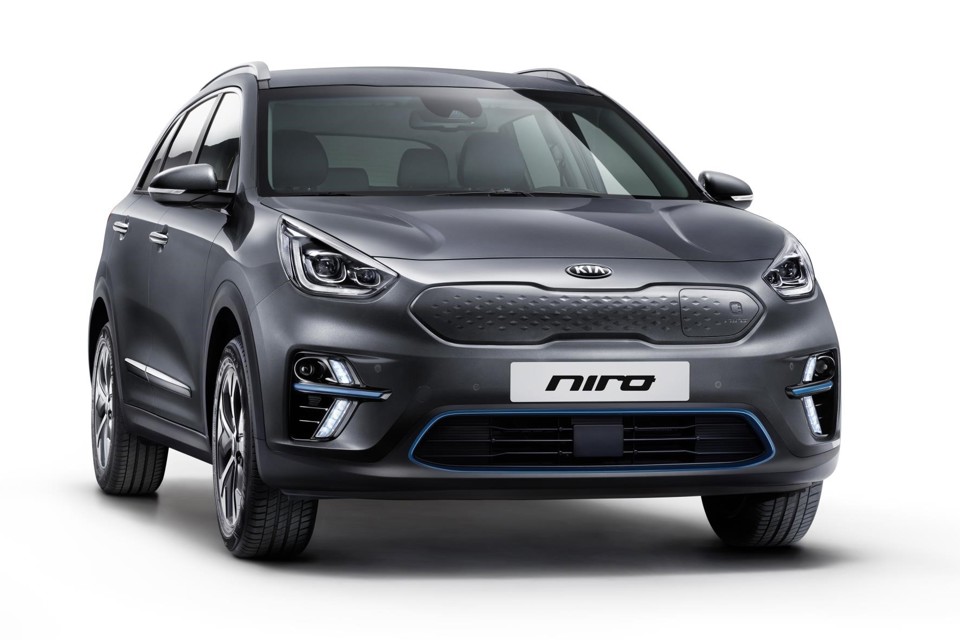August saw used car values drop for the fifth month running, falling 2% - or £390 - at the 3-year point, according to Cap HPI experts.
This represented the largest drop in the month since the introduction of its real time Live value tracker tool in 2012, and second only to August 2010, which saw a fall of 2.4%. The average drop between 2012 and 2019, before COVID affected the next years, was a drop of just 0.6%.
Derren Martin, director of valuations at Cap HPI, said: “August is generally a stable month for used car values due to low supply and steady demand. However, this year, supply is increasing, despite low registrations over the last three and a half years, and demand is more muted than usual. All this comes at a time when values remain inflated from 2021 increases.
“As ever, the headlines do not paint the full picture, and the devil is in the detail. We encourage dealers to use our Live product to stay updated in a rapidly evolving market. For example, average movements in isolation show that EVs are the second strongest performing fuel type this month, with diesel, petrol and plugin hybrid vehicles all seeing larger adjustments.
“The fall of 1.7% is the smallest movement applied to EVs this year. Many models are now seeing adjustments more or less in line with other fuel types of vehicles that sit in the same sector, rather than the big adjustments we witnessed earlier in the year.”
August has seen less pressure for some of the smaller and medium EVs, and many of these models now hit an attractive price point in the retail market and are encouraging wholesale buyers. The Kia E-Niro (pictured), Peugeot 2008 and VW ID.3 have all increased in value this month.
However, some heavy reductions have been applied to some more expensive, premium EVs at the 1-year, 10,000-mile point, including the Audi Q4 E-Tron (-4.0%/£1,475), BMW iX1 (-4.0%/£1,675), Jaguar I-Pace (-4.0%/£1,550), Mercedes-Benz EQC (-5%/£1,500) and Polestar 2 (-6.0%/c.£2,000).
The supermini sector dropped by an average of 2.4%, equivalent to c.£250, continuing a downward trajectory since April. While SUVs fell by 2.1% (c.£500) in August, medium-sized models are hit the hardest, particularly where volumes are high, and there are multiple examples of similar models.
Martin concluded: “Overall, with retail and wholesale used markets slightly muted, values have realigned in August. The average is nothing hugely untoward, and certainly no crash, but a relatively strong movement down for the time of year nevertheless.
“Looking forward, sales channels in the new car market will be an interesting one to watch in the pivotal plate-change month. The retail market is subdued, with pressure remaining on household budgets, so it is likely that there will be some attractive offers to consumers, as well as larger volumes being diverted into fleet. Volumes will no doubt increase in the used market accordingly, as part-exchanges and fleet returns appear in larger numbers. The necessity of purchasing used cars will be a constant but at the more aspirational end. Will consumer demand be enough to mop up the increased supply?
“As we approach a pivotal month in the automotive calendar, it is more important than ever to track live trade values. Retail advertised portals provide detail on retailers' aspirational selling prices to consumers, but Cap HPI provide values based on actual trade selling prices, from over 50 different remarketing sources, and retail advertised pricing from five large, separate portals. As has been evidenced over the course of the EV value drops in the last year, basing buying prices off previously applied retail advert prices can be a dangerous policy in a falling market.”
















Login to comment
Comments
No comments have been made yet.